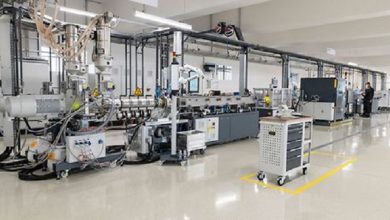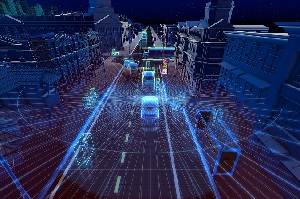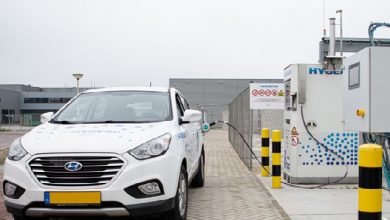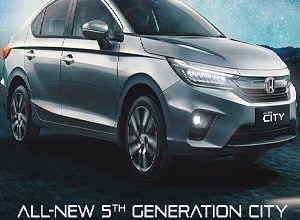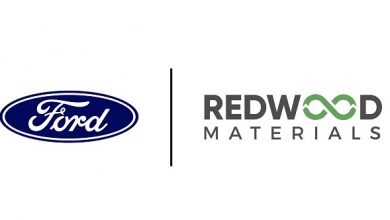Electric, Hybrid, and Fuel Cell Buses 2021-2040

The bus market is evolving rapidly. The pressing need for cities around the world to improve air quality, alongside commitments by many governments to address climate change, are powering efforts to deliver zero on-road emission city bus fleet solutions. Over the next decade, these efforts will see major cities increasingly refuse to purchase anything but zero emission buses, as they deliver on promised zero emission zones to protect the health of their citizens.
Bus technology will focus primarily on battery electric buses (BEV), with plug-in hybrids (PHEV) rapidly losing already low market shares, and the much-hyped fuel cell powertrain (FCEV) remaining a small fraction of the market because they fail to offer the same total cost of ownership benefit as BEV.
The latest edition “Electric, Hybrid and Fuel Cell Buses 2021- 2040” offers our in-depth analysis of this evolving market, highlighting major developments over the past year, and presenting for the first time our extended outlook to 2040 for pure electric, plug-in hybrid and fuel cell buses.
China has led the world in bus electrification and will continue to do so over the next 20-years. However, as a result of the subsidy phase-out and the increasing saturation of electric buses in Tier 1 cities, the IDTechEx project the electric bus sales in China will stabilize at a lower level than during the subsidy boom years, after the biggest decline yet in 2020 from the COVID-19 pandemic.

Whilst Chinese OEMs will no longer receive large subsidies in China (which have amounted to billions of dollars), the support has already established a world-beating cost base and technology, which is spreading to other countries. For example, Europe sold over 1800 electric buses in 2019, up from around 750 in 2018, with BYD and Yutong as key suppliers. As the Chinese electric bus market saturates, we expect to see an increased presence of Chinese bus OEMs in other bus markets around the world.
In the US, California is leading the way with its’ commitment to an all-electric transition of its’ public bus fleet by 2040. The second phase of India Faster Adoption and Manufacturing of (Hybrid) and Electric Vehicles (FAME) scheme recently sanctioned the deployment of 5,095 electric city buses, and the Indian government have ambitious aims to convert the nations fleet to EVs. Outside of these regions many countries around the world are looking to battery electric city buses; for example several South American nations have been purchasing electric buses, primarily from Chinese OEMs; in Russia, Moscow has ordered electric buses from the Russian OEMs Kamaz and GAZ Group; and in Korea, Hyundai have been developing electric buses in the effort to help reduce traffic congestion and air pollution.
The market is shifting rapidly and several of the giants of the industry, who are still primarily promoting diesel buses, risk being left behind. The new report from IDTechEx, “Electric, Hybrid and Fuel Cell Buses 2021-2040“, examines how the bus is currently being reinvented and looks to the further into future, to the rise of a new category, the autonomous shuttle.
This report also forms a part of the broader electric vehicle and energy storage research at IDTechEx, where we track the adoption of electric vehicles, battery trends, and demand across more than 100 different mobility sectors, summarised in one master report, “Electric Vehicles 2020-2030: 2nd Edition“.

